Freezing Moments – Interview with Deniece Brouwer
Hello Deniece, and thank you for this opportunity to learn a little more about your work. Could you start by introducing yourself?
Hello! I am Deniece, a 32-year-old woman from Rotterdam, the Netherlands. I have a background in sociology and teaching. In my spare time, I enjoy being creative, exploring new places and live music. Luckily I can combine these three passions with my photography.

When did you first become interested in photography? Could you tell us how your passion for this art began?
I remember my grandmother giving me a disposable camera at the zoo when I was about 8/9 years old, and remember how magical it felt to just freeze a moment. Back then it was even more special, because I had to wait for the pictures to develop! Even though I still quite like the charm of film, I am glad this is not the case anymore. I got my first digital camera when I was around the age of 12, a 2-megapixel compact camera.
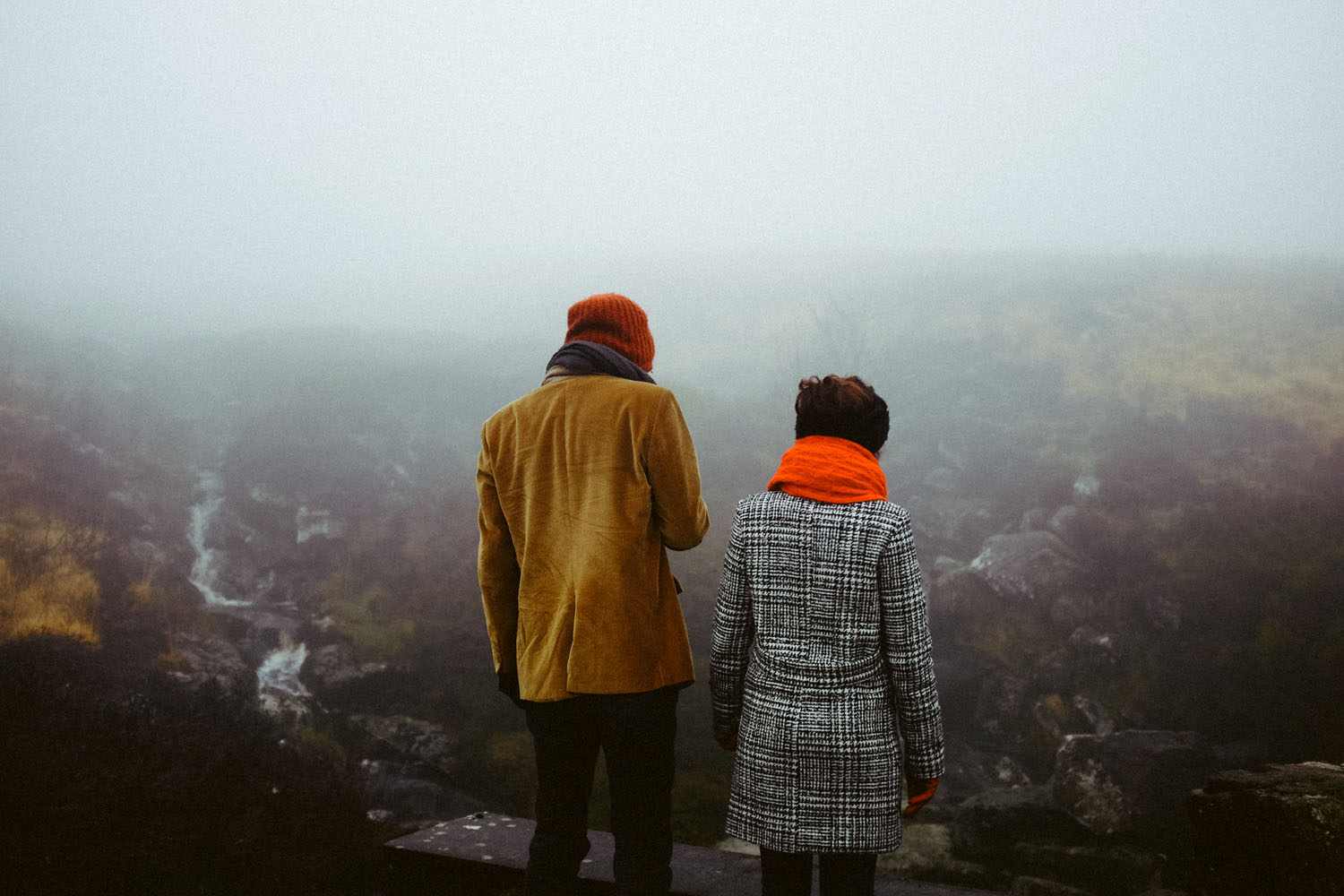

RIGHT: Fuji X-E4. Tokina atx-m 23mmF1.4 . F/2.2 . 1/32000″ . ISO 6400

What genres of photography do you shoot most often?
This evolved over time but now, actually since using Fujifilm, I mostly shoot event photography (mostly concerts), cityscapes and spontaneous portraits of friends and family.
We understand that, in addition to Fuji, you have used various camera systems over the years, with particular emphasis on some iconic cameras such as the Leica Q2 or the Nikon Df, for example. Could you describe your evolution over time in terms of equipment?
After some experience with compact cameras, I bought my first full-frame camera with my first teacher’s salary. It was quite a step up, however, this DSLR (Canon 6D) was a little big for me personally. I had to have a dedicated photography purpose to take it with me. Since discovering Fujifilm (at first the X-E2), I just threw my camera in my bag wherever I went; this led me to taking more casual pictures of everyday life and changed my style of photography. I later added the Nikon Df, also known as the low light king, for my concert photography. I loved that camera but eventually sold it during the Covid period because it did not get much use. Later on, I thought I would miss full-frame too much and got a Leica Q for a very very good deal, but I could not really get one with 28mm as my only focal length. In the end, I ended up with the X-Pro3 and 3 primes (18, 23 and 35mm) and the X100F.



RIGHT: Fuji X-E4 . Fuji XF35mmF1.4 . F/1.4 . 1/3000″ . ISO 320

It is interesting to note that, in this list of cameras quite different from each other, there is a common thread: they all are models with a character strongly inspired by the heritage these brands bring from the film era. Just a coincidence, or do you admittedly favour this type of camera?
I like using the tactile dials on these cameras and love using an actual aperture ring. One other thing these cameras have in common aside from their vintage aesthetics is their small size and less intimidating look for more documentary-style photography (however, this could just be me, I guess a camera is a camera for many people).

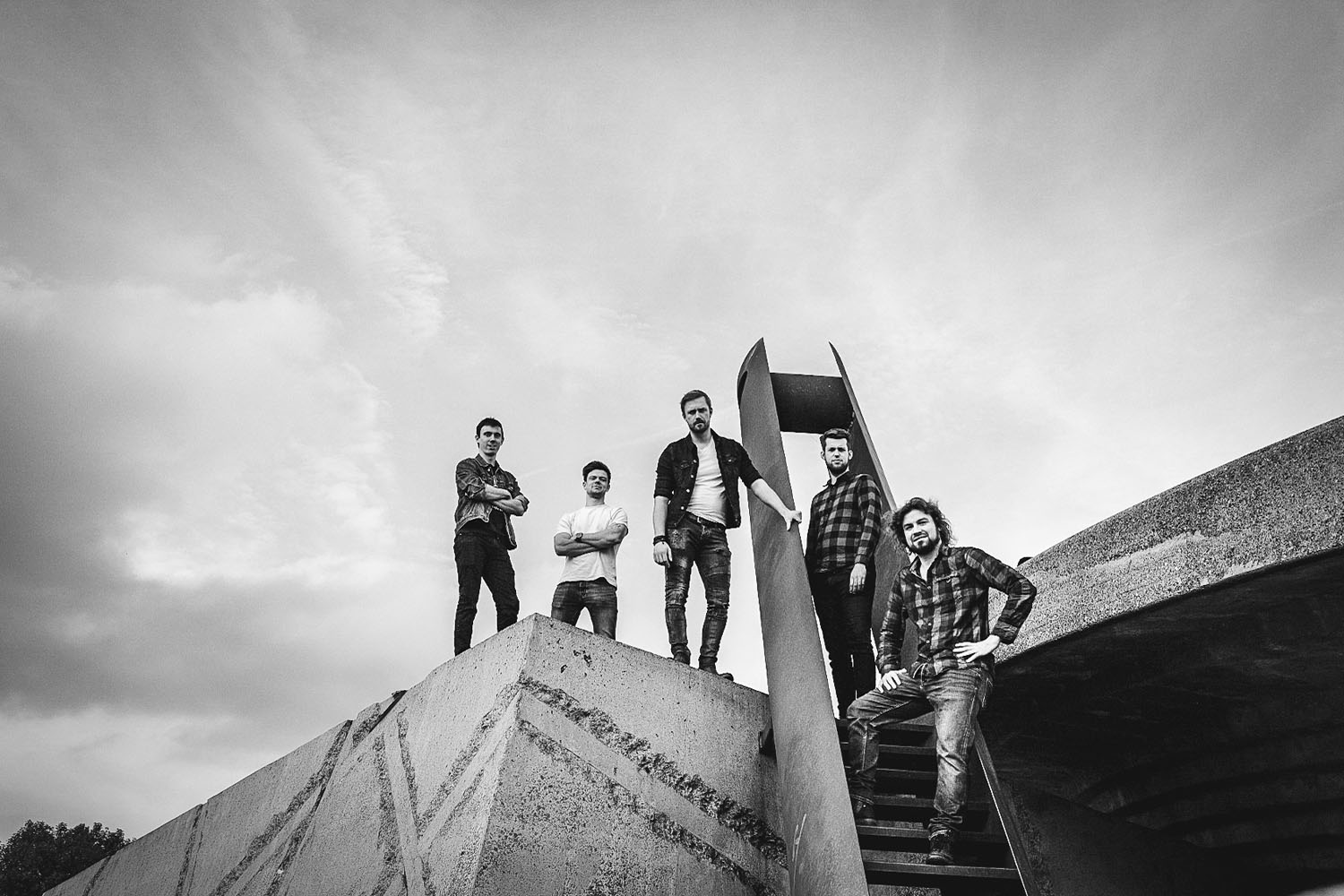

RIGHT: Fuji X-Pro3 . Fuji XF18mmF2 . F/2.0 . 1/105″ . ISO 6400

Do you have cameras that you use more to capture your daily life and personal projects, and others you choose when photographing concerts, events, or portraits? Or you don’t make that kind of distinction, and, at the moment, you choose the camera based on other parameters, such as the focal length you will need, for example?
There used to be a distinction; the X100 and X-E cameras went with me everywhere, while I used my slightly bigger cameras mostly for concerts and more official portrait work. Since getting an X-Pro3, there is not much difference anymore.


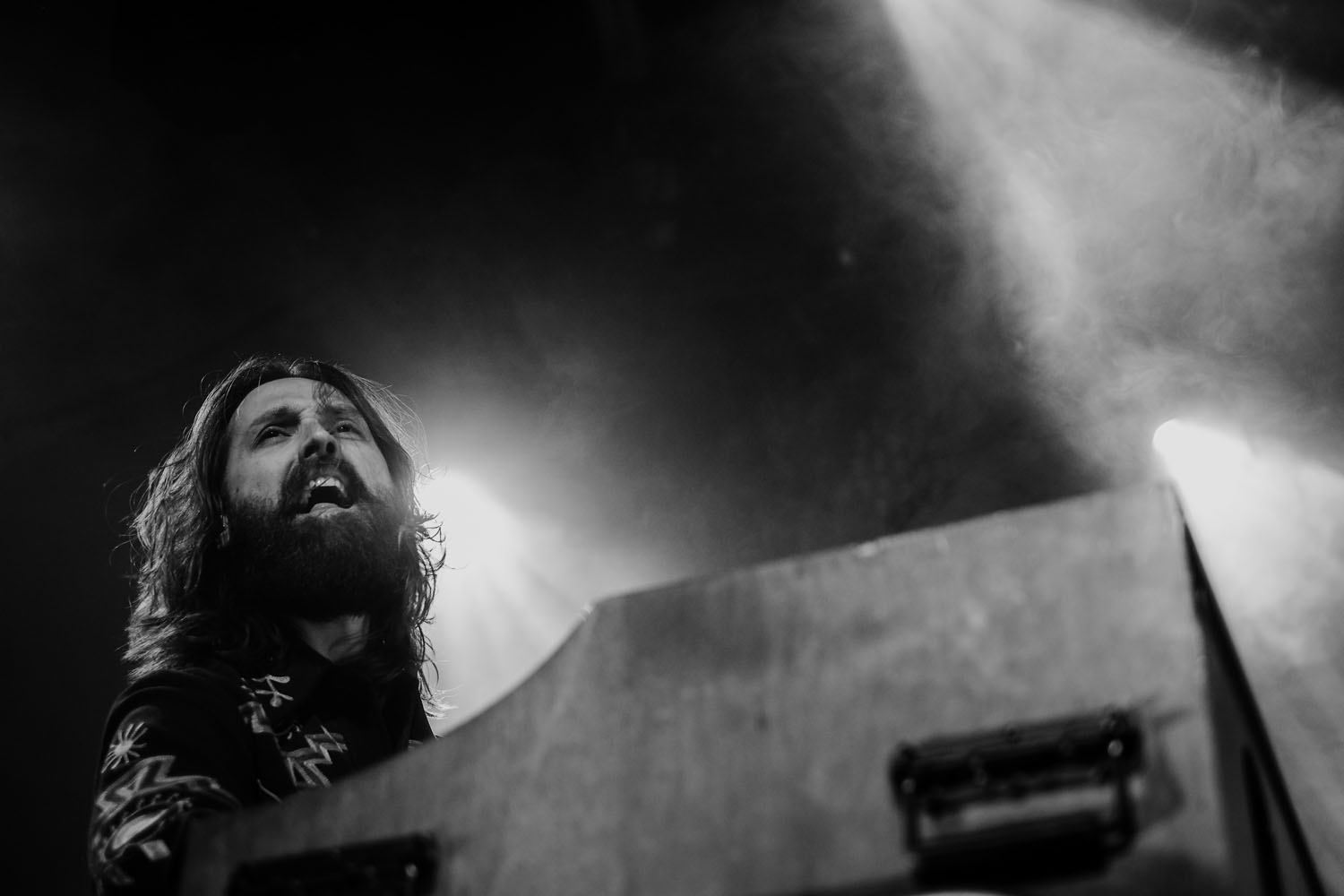
RIGHT: Fuji X-T3 . Fuji XF35mmF1.4 . F/1.8 . 1/160″ . ISO 400


RIGHT: Fuji X-E4 . Fuji XF35mmF1.4 . F/1.4 . 1/80″ . ISO 800
What are the main challenges you encounter when shooting a concert, and how does the Fuji X system perform in these types of environments?
Like I said earlier, I have also tried full-frame cameras and this was mostly because of shooting in these types of environments. Honestly, I did notice a small difference when it comes to low light performance, but the fun factor of Fujifilm and the fact I can also get my unassuming cameras in concert venues without having a photopass are reason enough to stick with Fujifilm. On top of that: the autofocus is great and the metering can handle the fast-changing lightning perfectly well.



RIGHT: Fuji X-T3 . Fuji XF16mmF1.4 . F/1.4 . 1/125″ . ISO 1250
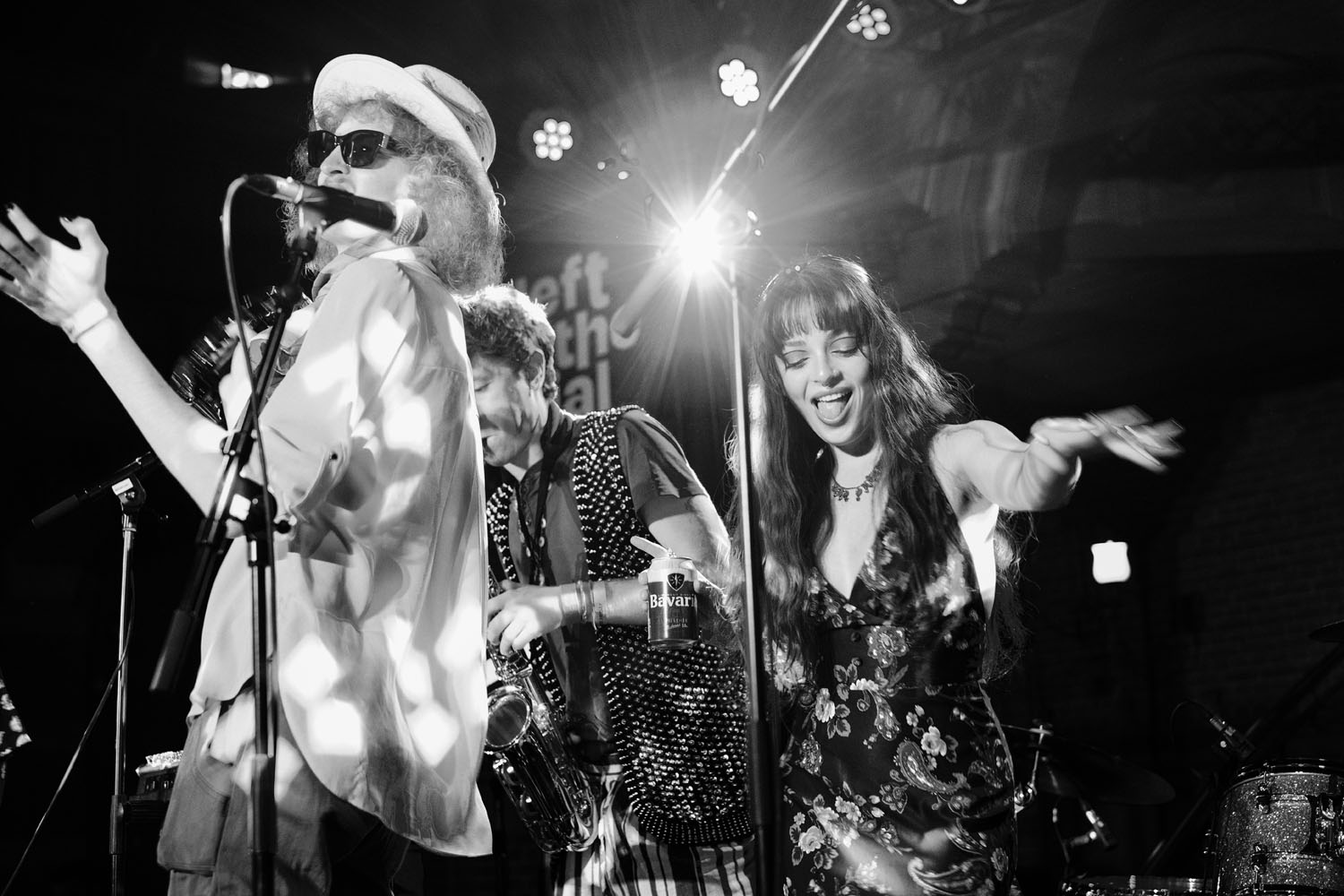
When shooting portraits, which lens do you prefer to work with, and why?
My most used portrait lens is the Fujinon XF35mm F1.4, because of its beautiful character and the fact I can still shoot from up close and have some subject separation. My other favourite portrait lens is the Fujinon XF23mm F1.4, because I love environmental portraits. I actually don’t have longer lenses, because those don’t suit my style. I rather shoot up close and personal; my portraits are mostly spontaneous moments that happen close to me. I rarely do dedicated portrait shoots where an 85mm (equiv.) would probably work better.


RIGHT: Fuji X-E4 . Fuji XF35mmF1.4 . F/1.4 . 1/2500″ . ISO 320
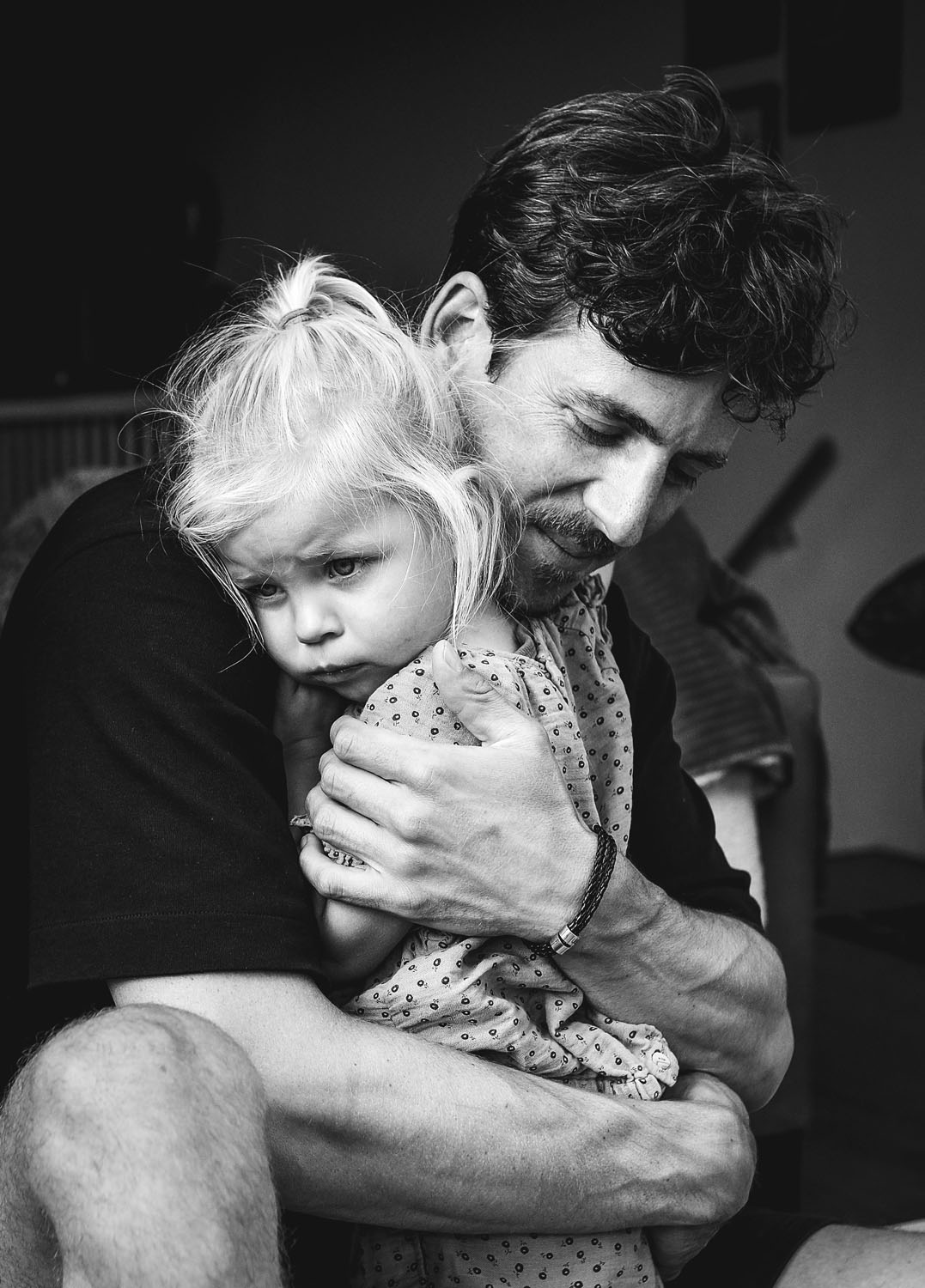
Regarding image processing, we noticed that you have a very well-defined style for colour and another for black and white. Could you tell us a little about your workflow, and is there any distinction in processing Fuji files compared to the ones from other camera brands?
I mostly shoot with Classic Chrome and have a self-made preset that suits this color profile. I adjust the contrast, highlights and shadows separately. For black and white I have an Ilford preset, which I have adjusted to my likings. Many pictures on my Instagram are edited on my phone in the Lightroom app. More important pictures or pictures I want to print or send to others, I edit in either Raw or Jpeg on my PC in Lightroom. My workflow is different than with other cameras, because the Jpeg colors of Fujifilm are beautiful to work with SOOC and the dynamic range of the Jpegs is plenty in most cases. With other cameras, I did use the Raw files noticeably more.

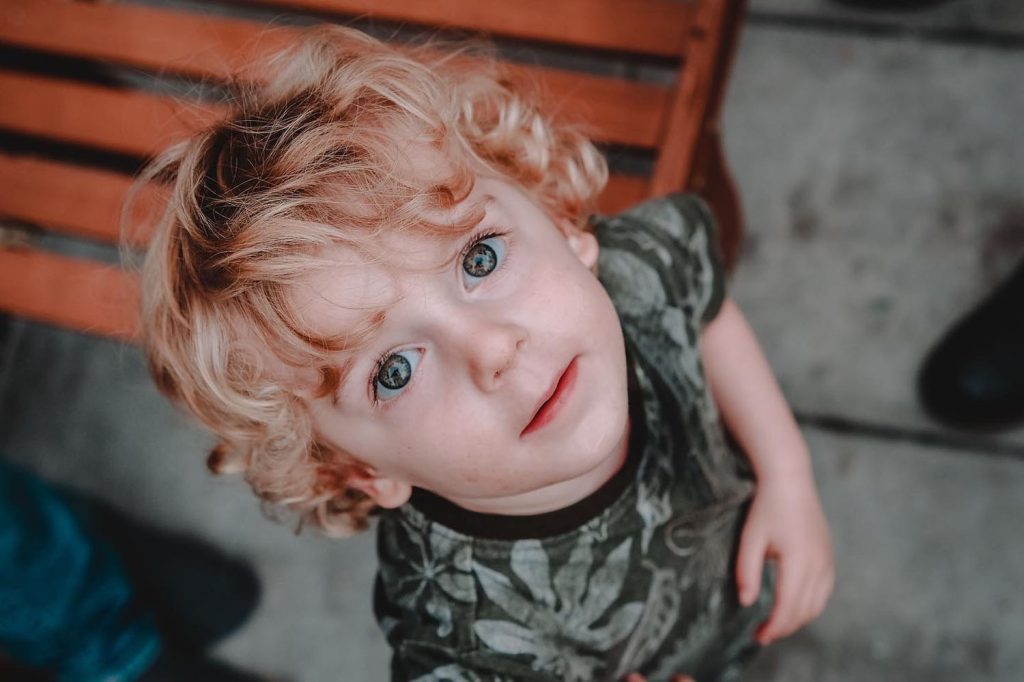



RIGHT: Nikon Df . Nikon 35mmF1.4 . F/4.0 . 1/125″ . ISO 1250


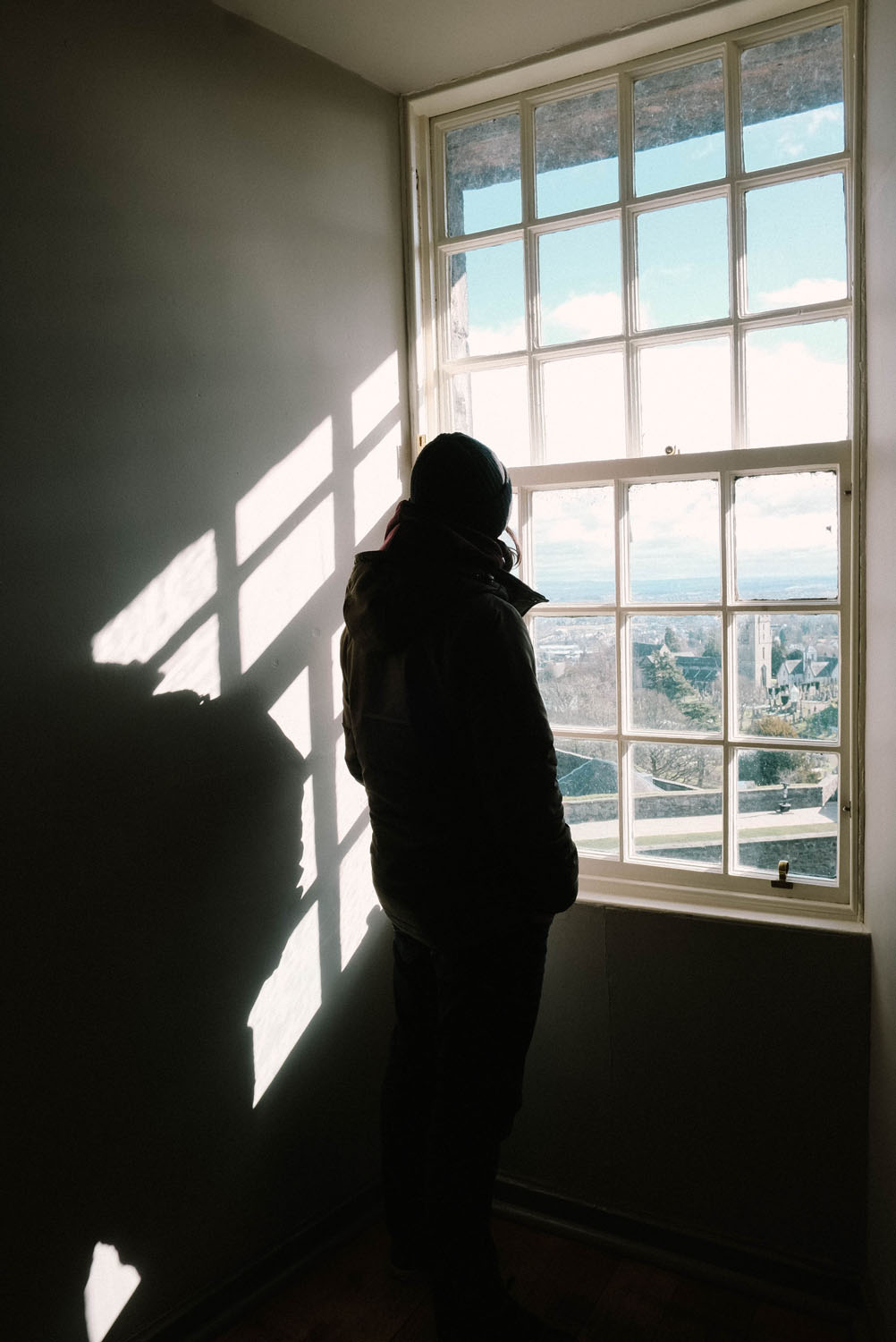
RIGHT: Fuji X-T2 . Fuji XF18mmF2 . F/8 . 1/100″ . ISO 400
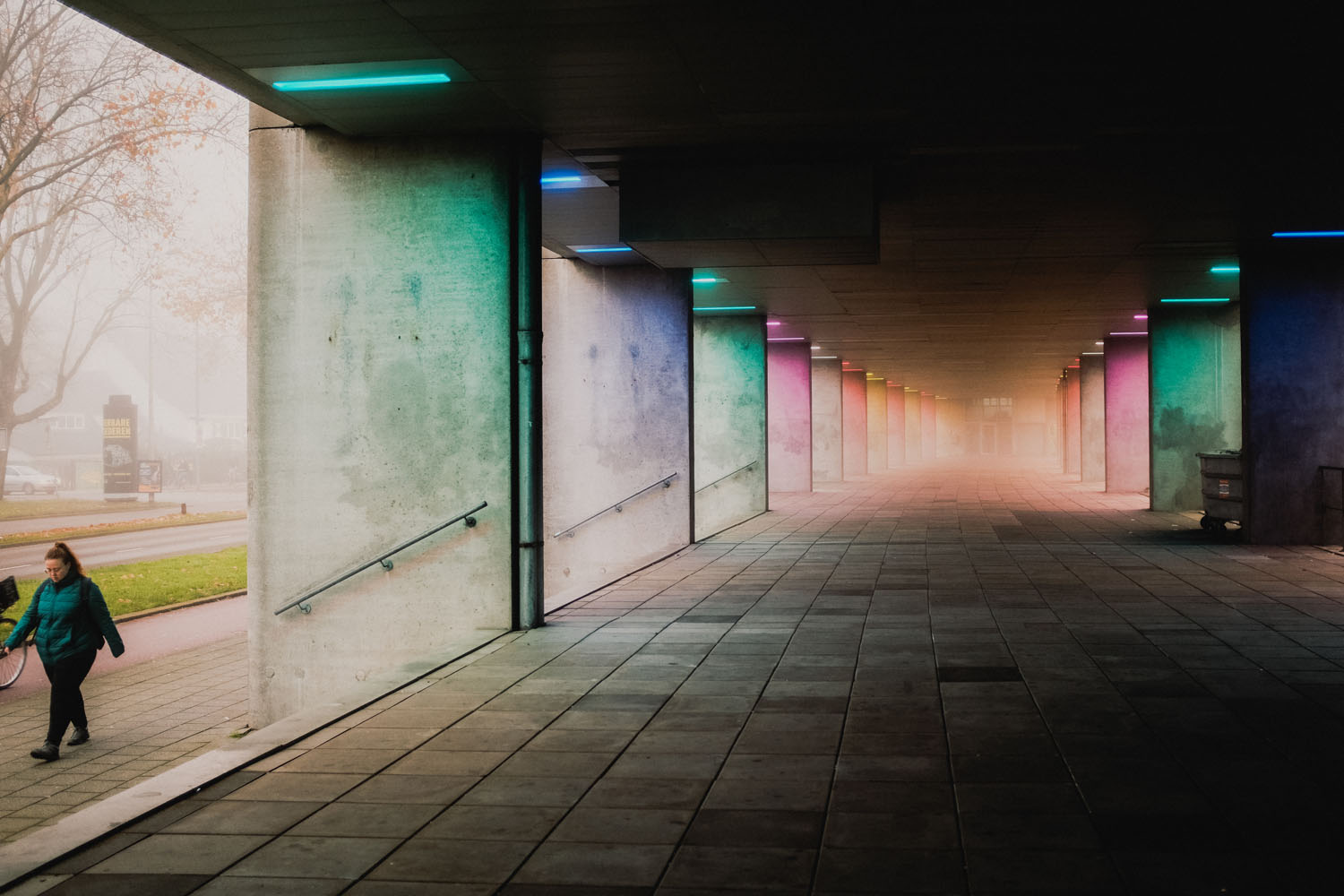


RIGHT: Fuji X100S . F/2.8 . 1/60″ . ISO 1000
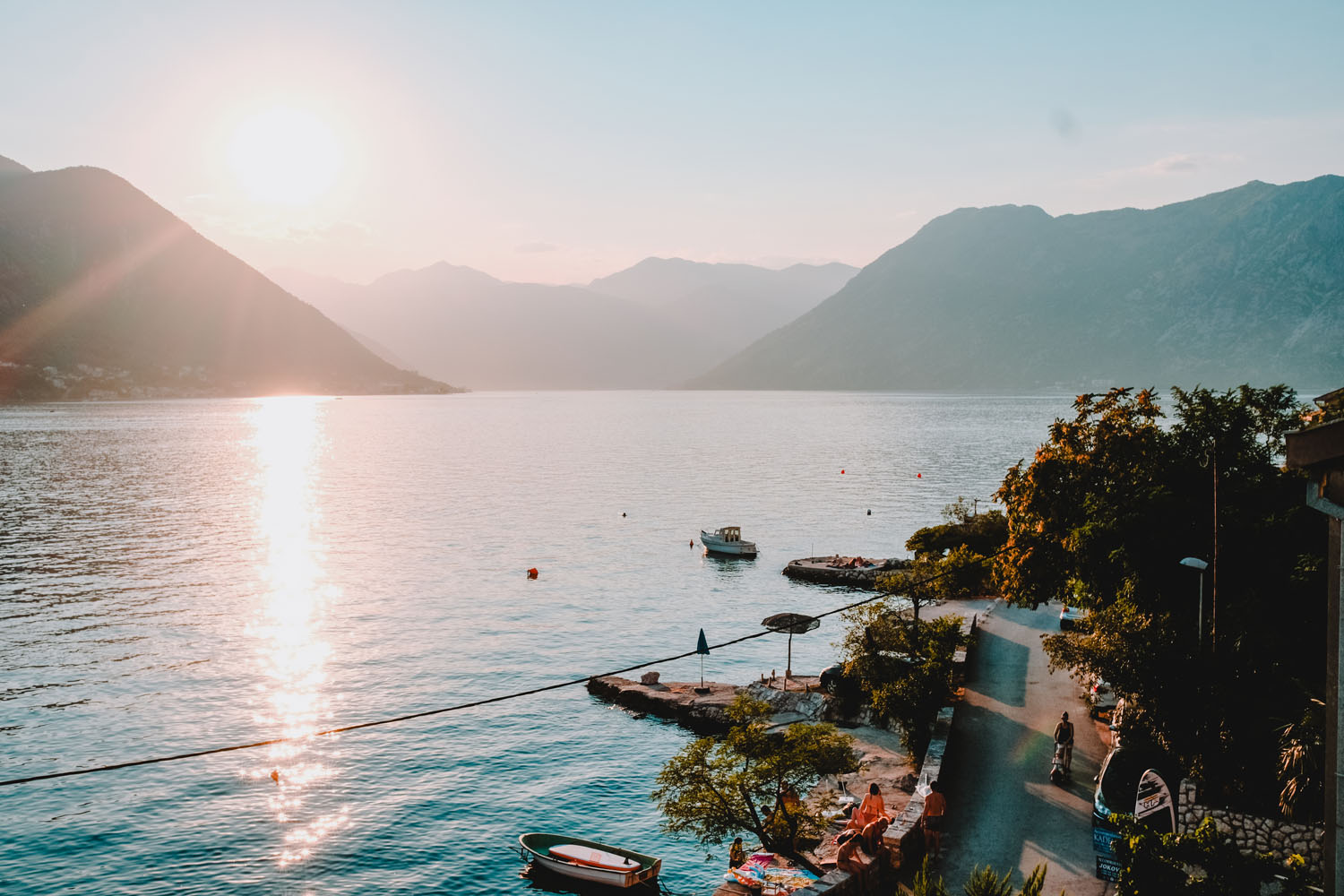

RIGHT: Fuji X-T2 . Fuji XF18mmF2 . F/5.6 . 1/750″ . ISO 400



RIGHT: Fuji X-T3 . Fuji XF16mmF1.4 . F/1.4 . 1/125″ . ISO 5000

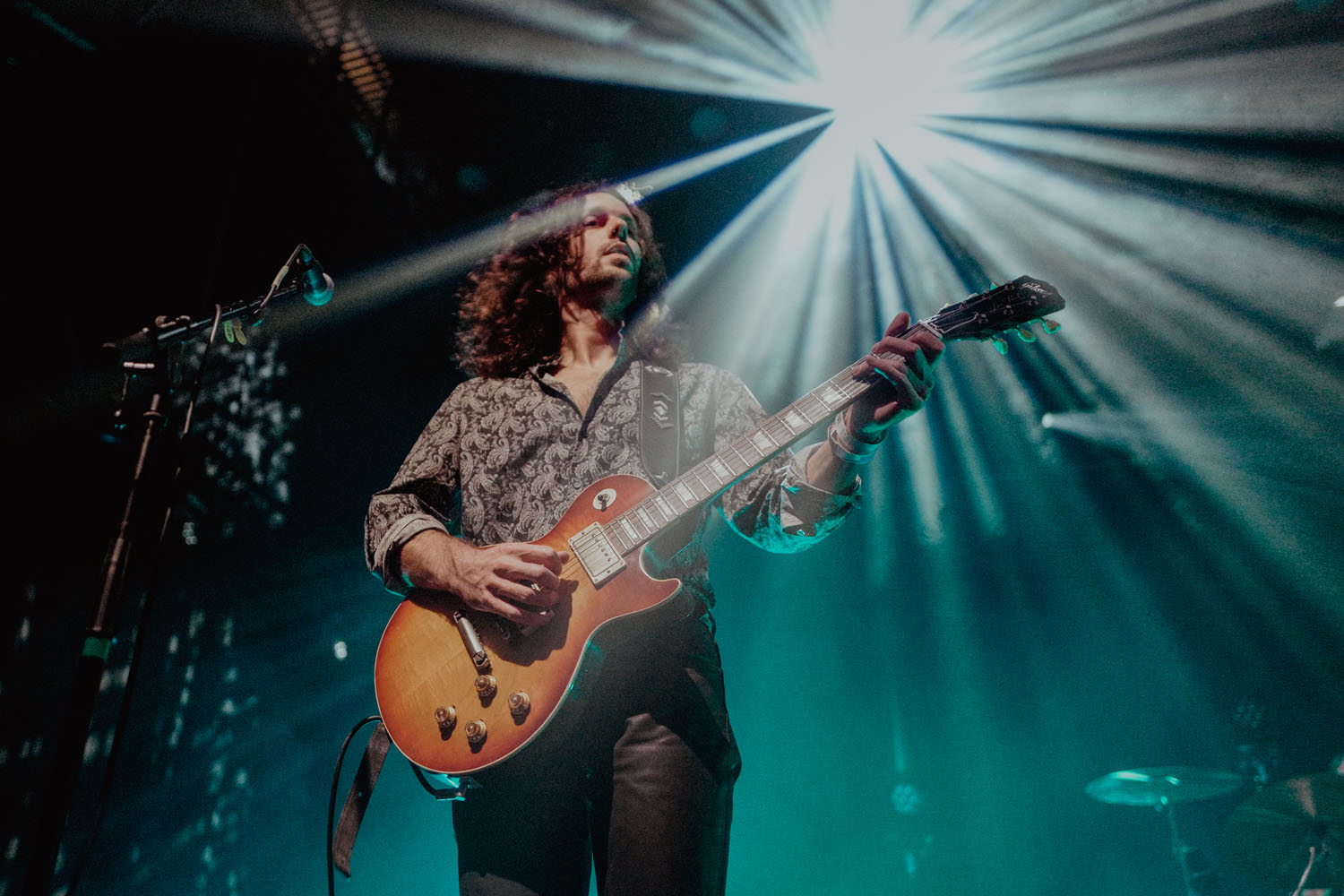

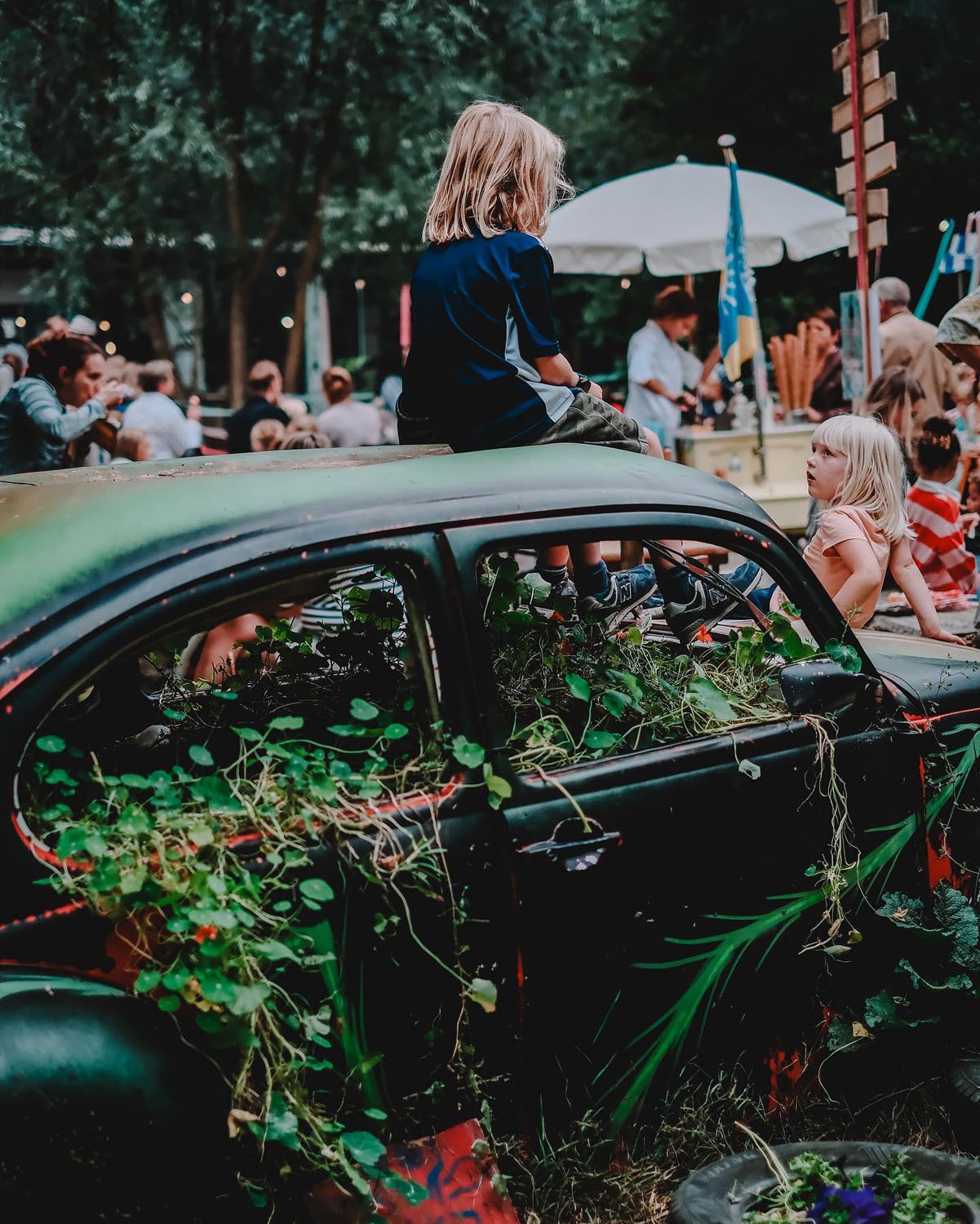

“Hello! I am Deniece, a 32-year-old woman from Rotterdam, the Netherlands. I have a background in sociology and teaching. In my spare time, I enjoy being creative, exploring new places and live music. Luckily I can combine these three passions with my photography.”





cdlinz
June 30, 2023 @ 6:02 am
Damn good work. Very emotional and engaging, regardless of which camera/lens you use. But man oh man, the profile portrait shot with the Df+50/1.8 is an all timer!! Not sure why you didn’t get on with the 28mm of Leica Q, you do some very fine work with the xf18mm (which your images prove beyond doubt is a much underappreciated lens).